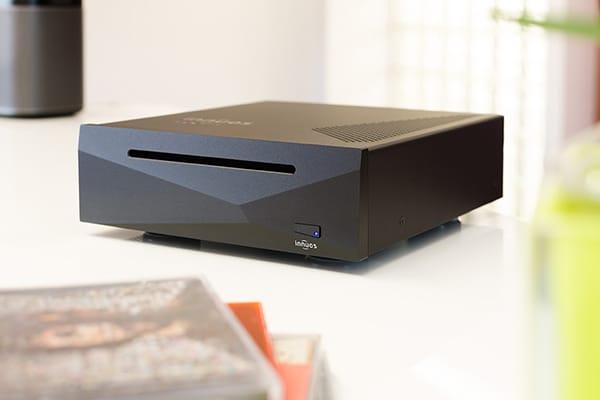Rip CD will not be the same clone?

Both data CDs and audio CDs store information as binary data (1s and 0s), but the key difference lies in how that data is read and interpreted, which is primarily determined by the software.
Data CDs: When a CD is recognized as a data CD, the software uses rigorous error correction mechanisms to ensure accurate data transfer. It's treated somewhat like copying data from a USB drive or another digital storage medium, where accuracy is paramount. If uncorrectable errors occur, the data transfer typically stops.
Audio CDs: When a CD is recognized as an audio CD, the software uses a different approach. Given that minor errors in audio data are usually not noticeable during playback, the software may use a less rigorous error correction method or even interpolate through minor errors to keep the audio stream smooth.
So, while the underlying data storage is the same (binary data), the interpretation and error-handling methods differ based on whether the CD is recognized as a data CD or an audio CD. This difference in approach is what can lead to variations when ripping audio CDs, unlike the more consistent results typically seen when copying data from data CDs or other digital storage mediums.
Ripping an audio CD isn't exactly the same as copying files from a USB drive or a data CD. Here's why:
Data Transfer from a USB Drive or Data CD: When you copy files from a USB drive or a data CD, the operation is based on a digital file system. The data is stored in files and directories, and when you copy a file, the system reads the binary data from the file and makes an exact copy of that data. This process includes rigorous error checking and correction to ensure that the copied data matches the original data exactly. If there are any uncorrectable errors, the copy operation fails.
Ripping an Audio CD: An audio CD doesn't use a digital file system in the same way. Instead, it stores a continuous stream of audio data according to the Red Book standard. When you rip an audio CD, the software is reading this continuous stream and converting it into individual digital audio files. This process can be more forgiving of minor read errors, because a small error in the audio data might not be noticeable in the audio playback. Different ripping software handle these errors in different ways, some may ignore minor errors, some may try to correct them, and others may interpolate the missing data.
So while both processes involve reading binary data and creating a copy of that data, the way they handle errors and the nature of the data they're copying means that ripping an audio CD is not exactly the same as copying files from a USB drive or a data CD.
Ripping an audio CD can indeed result in slightly different binary data with each rip. This is due to a variety of factors, including:
The error correction methods used by the ripping software: Some software may choose to interpolate or ignore small errors in the data read from the CD, which can result in minor differences in the ripped files.
The physical condition of the CD: Small scratches or dust can affect how the CD drive reads the data, leading to minor differences in the ripped files.
The quality and behavior of the CD drive: Different CD drives can read data slightly differently, and even the same CD drive can read data slightly differently each time due to variations in speed, temperature, etc.
Due to the factors mentioned earlier, each rip of an audio CD may result in slightly different binary data.
